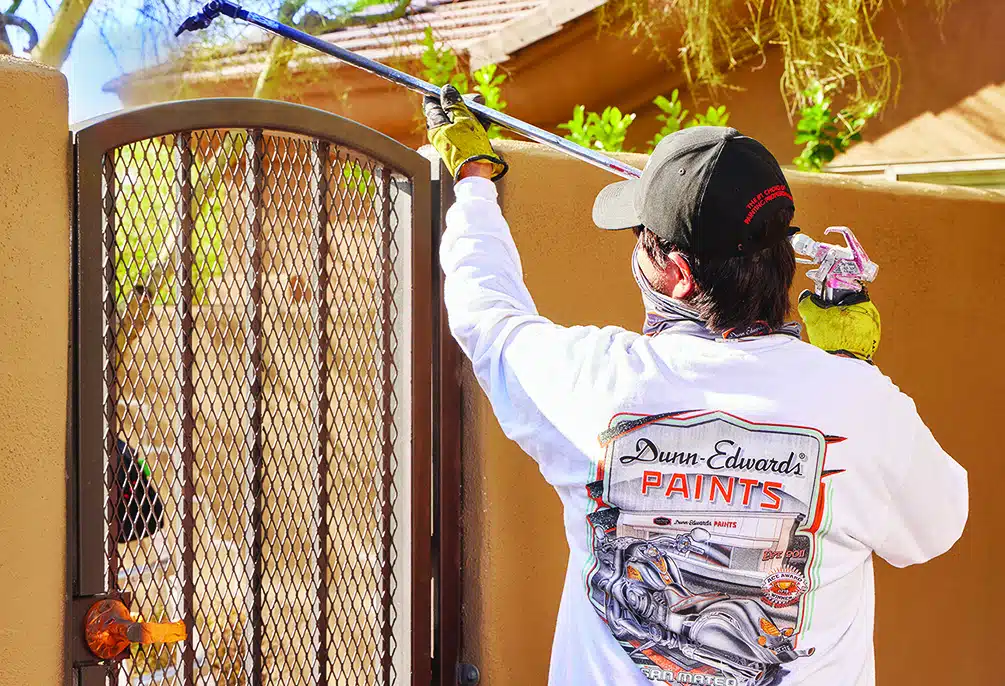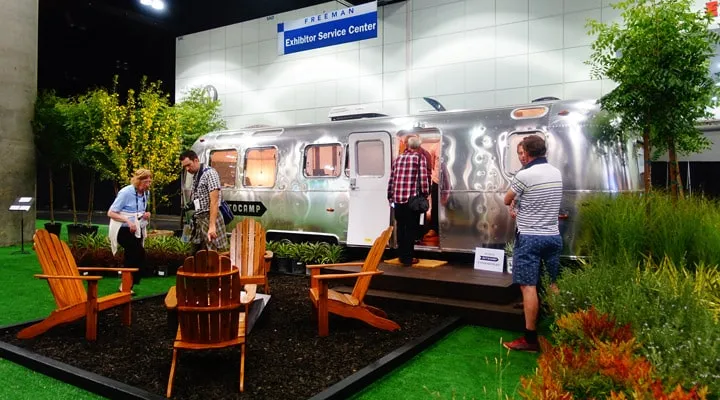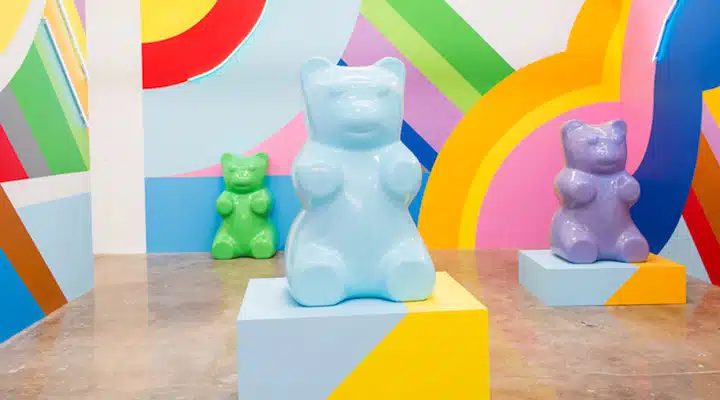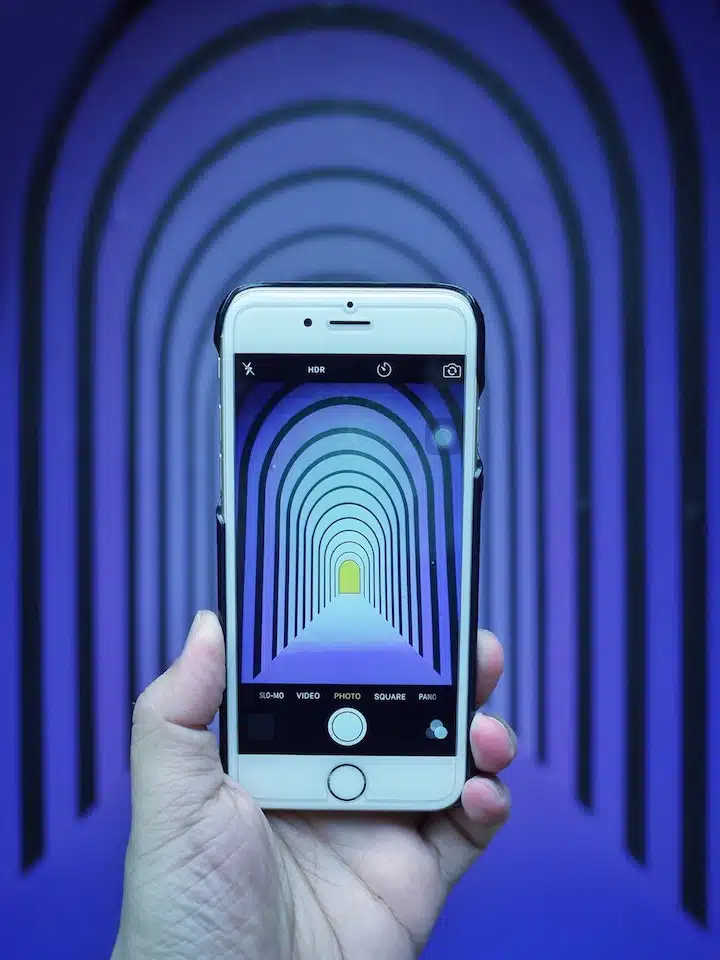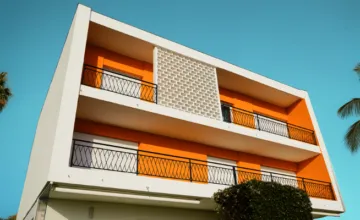How Experiences Are Driving Design
08/17/2017 | specs+spaces staff |
Here at Dunn-Edwards, we know a thing or two about color. As the most trusted paint company across the industry, we take pride in our high quality paints and continuously strive to be at the forefront of developing trends in color and design. Color can be a uniquely personal experience — an expanding and endlessly versatile palette with which to tell whatever story your imagination can dream up. That’s why color is an incredibly important tool driving design, particularly the ever-growing trend of experiential design.
What Is Experiential Design?
Experiential design, and often experiential marketing, is a focus placed on the quality of the user’s experience and creating new culturally-relevant phenomena. Frequently, in marketing initiatives for example, it is a live event or pop-up created to directly engage consumers in a brand. Through a fun, tangible and memorable event, brands connect with consumers. Giving consumers an opportunity to physically experience a product or brand is reportedly yielding significant results, according to Event Marketer, a provider of content for the event and trade show industry. In fact, Event Marketer notes, that after a brand’s event 74% of participants have a more positive opinion about the company, brand, product or service being promoted. Since color is tied so intrinsically to emotion and mood — and is critical to design — it is easy to see how color is influential in experiential design.
Image by Grace Lennon
What Can Color Bring To An Experience
Color is everything. If experiential design is about creating a more personal relationship with the user — color can directly influence the experience of the individual. Take for example Los Angeles’ Museum of Ice Cream. We explored the color palette of this insanely popular spot by matching its eye-catching colors to our own colors. Los Angeles area ice cream shops like Coolhaus and Salt & Straw have partnered with the Museum of Ice Cream, offering treats to museum goers, in effect, creating their own de facto experiential marketing initiatives within the museum. Other notable experiential marketing examples include Arrested Development’s real life Bluth's banana stand, Marriott's pop-up hotel at Coachella 2017.
Image courtesy Museum of Ice Cream
How Does This Influence Design?
Design has always been about engaging the user. But with today’s emphasis on experiential design, design is now about engaging not only the user in the space, but also those who have yet to visit the space. In the age Instagram and Pinterest, design and color have to be as captivating in our virtual lives as it is in our real ones. As the marketing world looks more and more to professional designers, architects, and painters to execute their initiatives, staying on top of color trends, like that of millennial pink are key. Looking at the Musuem of Ice Cream and its newest cohort, San Francisco’s Color Factory indicate that bright colors along the Rainbow spectrum and those that are infused with the happy, creative energy of childhood joys are on trend.
Image by Danist07 via Unsplash
Dunn-Edwards stays ahead of the trends to better support the design experts and painting professionals who trust our top-quality paint. To learn even more about the latest trending colors see our 2018 Design and Color Trend Report.






